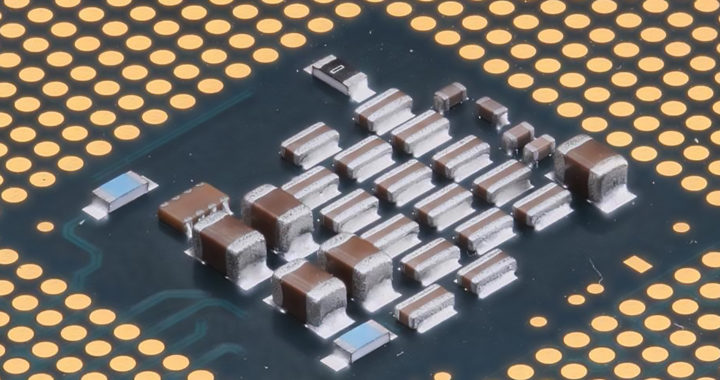Intel Celeron was an entry-level and low-powered line of 32-bit and 64-bit CPUs developed by Intel. It was specifically marketed toward budget-conscious consumers and it competed against the Athlon brand from AMD. The first-generation Intel Celeron CPU that was introduced in 1998 was based on Pentium II and the subsequent generations were on the older generations of Intel Pentium and Intel Core. Nevertheless, while it falls short in terms of raw performance when compared to its more advanced counterparts like the newer generations of Intel Pentium and Intel Core processors, it does have its own set of advantages and disadvantages.
Pros: Advantages of Intel Celeron and Main Features
Take note that both the Intel Celeron and Intel Pentium brands are already discontinued. Intel announced in September 2022 that these two would be replaced by the Intel Processor brand for low-end desktops and laptops from 2023 onwards. There are still several Celeron personal computers and chips in the market. This line of CPU was relatively decent for average use cases which include basic web browsing and word processing. The following are the specific advantages or benefits of Intel Celeron:
1. Budget-Friendly Microprocessor
The most compelling aspect of the Intel Celeron line is its affordability. Remember that it was designed for low-cost personal computers. Desktop setups based on this line can be purchased for as low as USD 200.00 and laptops running on the same processors range between USD 200.00 and USD 350.00. This makes them a popular choice for those on a tight budget.
2. Entry-Level Processing Capabilities
The latest generations of these processors are surprisingly capable for everyday computing tasks. They can handle basic web browsing, word processing, and even high-definition video playback with ease. What sets them apart is their efficiency in power consumption. This allows for longer battery life in laptops and reduced electricity usage in desktops.
3. Low-Power Processor Operations
Another advantage of Intel Celeron processors is that they are well-suited for low-powered and smaller laptops like netbooks and ultrabooks. They have found their niche in electricity-critical environments such as rural schools and low-power use cases like cash registers in point-of-sale terminals in retail stores and data encoding workstations.
Cons: Disadvantages of Intel Celeron and Key Limitations
The Intel Celeron line has undergone significant evolution through the introduction of newer generations and architectural improvements. Nonetheless, when placed in comparison with other entry-level Intel CPU options, such as the Pentium and Core i3, the disadvantages and limitations of Intel Celeron come into sharper focus. Take note of the following:
1. Limited Hardware Specifications
These CPUs are often dual-core and lack advanced features like hyperthreading and turbo boost that are commonly found in mid-range and high-tier Intel Core processors and newer-generation Intel Pentium processors. This limitation can result in reduced multitasking performance and slower execution of resource-intensive applications.
2. Not Suitable for PC Gaming
Another disadvantage of Intel Celeron is that they are not suitable for PC gaming. Equipping them with a discrete GPU would enable running casual PC games. Running AAA titles, even at the lowest settings, is often an exercise in frustration. Laptops based on these processors struggle with gaming performance, making them a poor choice for gamers.
3. Other Processing Limitations
These processors are not designed for tasks that demand substantial computational power, such as photo editing, graphics design, and video editing. Computers equipped with Celeron processors might struggle when running resource-intensive applications. Take note that users may experience lag when working with presentation software.
Summary: Advantages and Disadvantages of Intel Celeron
Intel Celeron serves a specific niche in the market for low-cost personal computers. Processors under this line appeal to budget-conscious consumers. It comes with certain limitations that become more apparent when compared to other entry-level Intel CPUs like the Pentium and Core i3 lines. Those seeking an entry-level and budget-friendly computing solution that can pack a punch are advised to consider alternatives like Intel Core i3 or AMD Ryzen 3 processors. These alternatives offer a better balance of performance and are suitable for a wider range of use cases while providing more future-proofing to last for several years.
